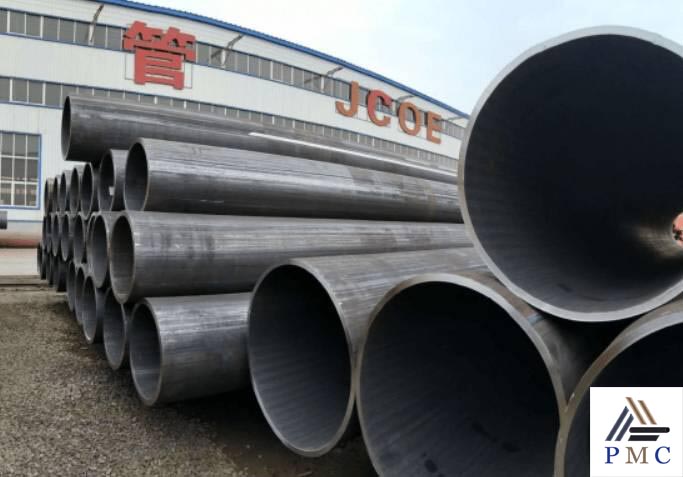
Five Factors Affecting the Quality of High Frequency Welded Pipes
1. Weld gap control
The strip is conveyed to the welded pipe unit, where it is gradually rolled into round billets with open gaps by rolling with multiple rolls. Adjust the compression of the squeeze roller, and control the gap between the welds to be 1-3mm, so that the welds are flush. If the gap is too large, the proximity effect is reduced, the eddy current is insufficient, and the intercrystalline joint of the weld is poor, fusion or cracks may not occur. If the gap is too small, the proximity effect will be increased. If the welding heat is too large, the welding seam will burn and affect the surface quality of the welding seam.

2. Soldering temperature control
The factors affecting the welding temperature are mainly affected by the high frequency eddy current thermal power, and the high frequency eddy current thermal power is mainly affected by the current frequency. The high-frequency eddy current thermal power is proportional to the square of the current frequency. If the input heat is insufficient, the heated weld edge cannot reach the welding temperature, and the metal structure cannot be fused.
3. Extrusion force control
If the squeezing force is too low, the number of eutectics formed will be reduced, the strength of the weld metal will be reduced, and cracking will occur if additional force is applied. If the extrusion force is too high, the molten metal will be squeezed out of the weld, which not only reduces the strength of the weld, but also produces a large number of internal and external burrs.
4. High frequency sensor position control
The high-frequency sensor should be as close to the squeeze roller as possible. When the sensor is far away from the squeeze roller, the effective heating time will be longer, the heat-affected area will be wide, and the welding strength will be reduced.
5. Removal of welding scars
Welding scars develop after welding and squeezing, so they must be removed. Removal method: Fix the cutter on the frame, and flatten the welding scar by the rapid movement of the welded pipe.
Tips: ASTM A53 Grade B is more popular than other grades. These pipes can be bare pipes without any coating, or it may be Hot-Dipped or Zinc-Coated and manufactured by Welding or by a Seamless manufacturing process. In Oil and Gas, A53 grade pipes are used in the structural and non-critical applications.


